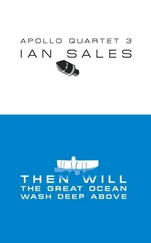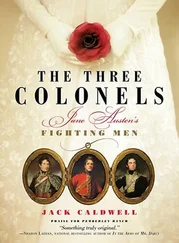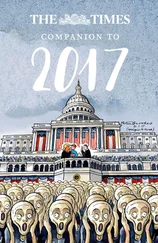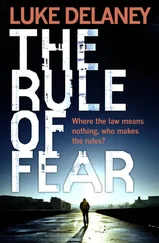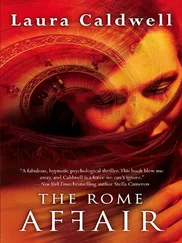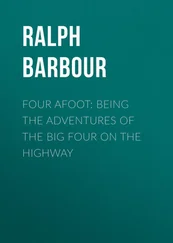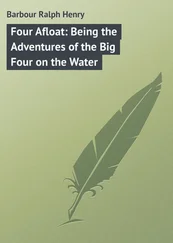He flips it open and inside the front cover is a page of notes he's made on Institute stationery.
I found the entry where the portmaster records the set of directions the thief copied from Francesco's papers. Genovese says they were written on an empty scrap of paper, and must've formed some kind of nautical route, something about the path Francesco's ship took. The portmaster tried to figure out where the cargo must've come from by working backward from Genoa.
When Paul unfolds the stationery, I can see a pattern of arrows drawn near a compass.
These are the directions. They're in Latin. They say: Four south, ten east, two north, six west. Then they say De Stadio.
What's De Stadia?
Paul smiles. I think that's the key. The portmaster took it to his cousin, who told him De Stadio was the scale that went with the directions. It can be translated 'Of Stadia,' meaning the directions are measured in stadia.
I don't get it.
The stadium is a unit of measurement from the ancient world, based on the length of a footrace in the Greek Olympics. That's where we get our modern word. About six hundred feet is one stadium, so there are between eight and ten stadia in a mile.
So four south means four stadia south.
Then ten east, two north, and six west. It's all four directions. Does it remind you of something?
It does: in his final riddle, Colonna referred to what he called a Rule of Four, a device that would lead readers to his secret crypt. But we gave up on finding it when the text itself failed to produce anything remotely geographical.
You think that's it? Those four directions?
Paul nods. But the portmaster was looking for something on a much bigger scale, a voyage of hundreds and hundreds of miles. If Francesco's directions are in stadia, then the ship couldn't have originated in France or the Netherlands. It must've started its trip about half a mile southeast of Genoa. The portmaster knew that couldn't be right.
I can see Paul's giddiness, thinking he's done the portmaster one better. You're saying the directions were meant for something else.
He hardly pauses. De Stadio doesn't just have to mean 'Of Stadia.' De could also mean 'from.'
He looks at me expectantly, but the beauty of this new translation is lost on me.
Maybe the measurements aren't just of stadia, or measured in those units, he says. Maybe they're also taken from— a stadium. A stadium could be the starting point. De Stadio could have a double meaning-you follow the directions from, a physical stadium building, in stadia units.
The map of Rome projected on the wall is coming into focus. The city-is littered with ancient arenas. Colonna would've known it better than any city in the world.
It solves the scale problem the portmaster had, Paul continues. You can't measure the distance between countries in a few stadia. But you can measure the distance across a city that way. Pliny says the circumference of the Roman city walls in a.d. 75 was about thirteen miles. The entire city was maybe twenty-five or thirty stadia across.
You think that will lead us to the crypt? I ask.
Francesco talks about building where no one can see. He doesn't want anyone to know what's inside it. This may be the only way to find the location.
Months of speculation return to me. We spent many nights wondering why Colonna would build his crypt out in the Roman forests, hidden from his family and friends, but Paul and I never agreed about our conclusions.
What if the crypt is more than we thought? he says. What if the location is the secret?
Then what's inside it? I say, reviving the question.
Paul's demeanor changes to frustration. I don't know, Tom. I still haven't figured it out.
'Tin just saying, don't you think Colonna would've-
Told us what was in the crypt? Of course. But the entire second half of the book depends on the last cipher, and I can't solve it. Not alone. So this diary is it. Okay?
I back off.
So all we have to do, Paul goes on, is look at a few of these maps. We start at the major stadium areas-the Coliseum, the Circus Maximus, and so on-and move four stadia south, ten east, two north, and six west. If any of those locations is in what would've been a forest in Colonna's time, we mark it.
Let's look, I say.
Paul presses the Advance button, shifting through a series of maps made in the fifteenth and sixteenth centuries. They have the quality of architectural caricatures, buildings drawn out of proportion with their surroundings, crowded up against each other until the spaces in between are impossible to judge.
How are we going to measure distances on those? I ask.
He answers me by pumping the hand control several more times. After three or four more Renaissance maps, a modern one appears. The city looks more like the one I remember from travel books my father gave me before our trip to the Vatican. The Aurelian Wall on the north, east, and south and the Tiber River on the west create the profile of an old woman's head facing the rest of Italy. The church of San Lorenzo, where Colonna had the two men killed, hovers like a fly just beyond the arch of the old woman's nose.
This one has the right scale on it, Paul says, pointing to the measurements in the upper-left corner. Eight stadia are marked along a single line, labeled ancient roman mile.
He walks toward the image on the wall and places his hand beside the scale. From the base of his palm to the tip of his middle finger, he covers the full eight stadia.
Let's start with the Coliseum. He kneels on the floor and places his hand near a dark oval in the middle of the map, near the old woman's cheek. Four south, he says, moving a palm-length down, and ten east. He moves one full hand-length across, then adds half an index finger. Then two north and six west.
When he finishes, he's pointing to a spot labeled M. CELIUS on the map.
You think that's where it is?
Not there, he says, deflated. Pointing to a dark circle on the map just southwest of his finishing point, he says, Right over here is a church. San Stefano Rotondo. He shifts his finger northeast. This is another one, Santi Quattro Coronati. And here-he moves the finger southeast-is Saint John Lateran, where the popes lived until the fourteenth century. If Francesco had built his crypt here, he would've done it within a quarter mile of three different churches. No way.
He begins again. The Circus Flaminius, he says. This map is old. I think Gatti placed it closer to here. He moves his finger closer to the river, then repeats the directions.
Good or bad? I say, staring at the location, somewhere atop the Palatine Hill.
He frowns. Bad. This is almost right in the middle of San Teodoro.
Another church?
He nods.
You're sure Colonna wouldn't have built it near a church?
He looks at me as if I've forgotten the cardinal rule. Every message says he's terrified of being caught by the zealots. The 'men of God.' How do you interpret that?
Losing patience, he tries two other possibilities-the Circus of Hadrian and the old Circus of Nero, over which the Vatican was built-but in both cases, the rectangle of twenty-two stadia lands him almost in the middle of the Tiber River.
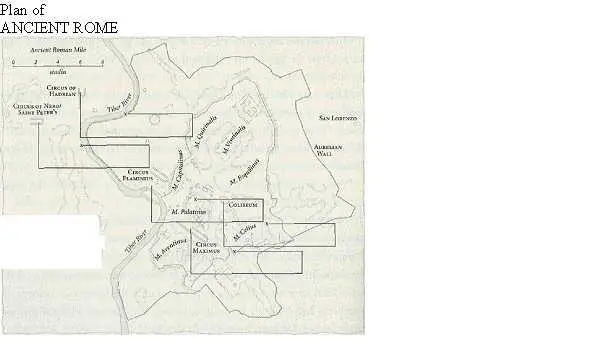
There's a stadium in every corner of this map, I tell him. Why don't we think about where the crypt could be, then work backward to see if there's a stadium near it?
He mulls it over. I'd have to check some of my other atlases at Ivy.
We can come back here tomorrow.
Paul, whose supply of optimism is thinning, eyes the map a moment longer, then nods. Colonna has beat him again. Even the spying portmaster was outwitted.
Читать дальше



